Designing your garden space
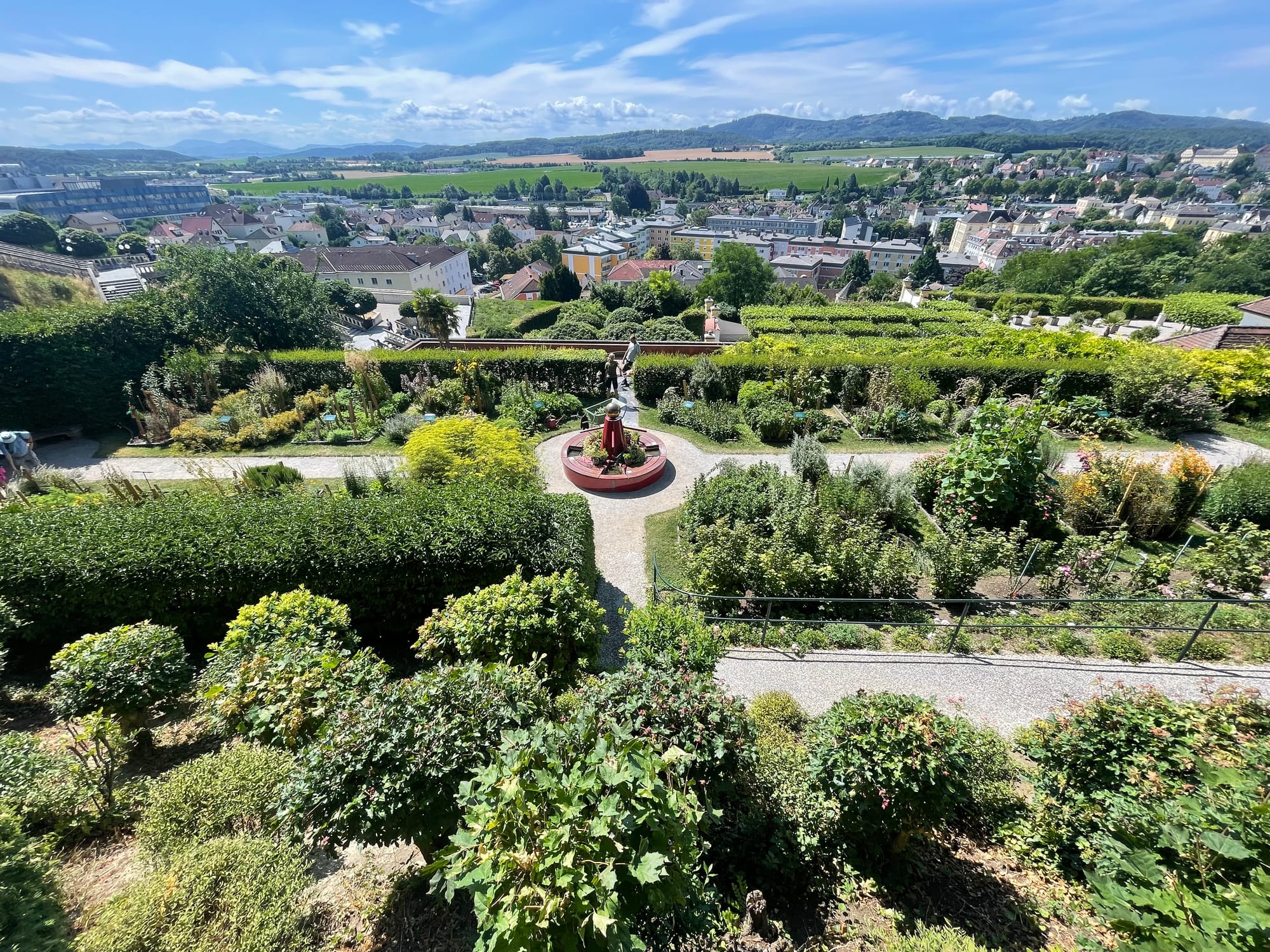
Have you ever wanted to design your garden space but weren’t sure where to start? Or are you hoping to revamp an existing garden space? Well, we here at the GRIT Garden are here to provide you with some advice to get you started on your journey, and if you find you still want more help, join the community education class in Lehi on January 31 to get even more tips and tricks.
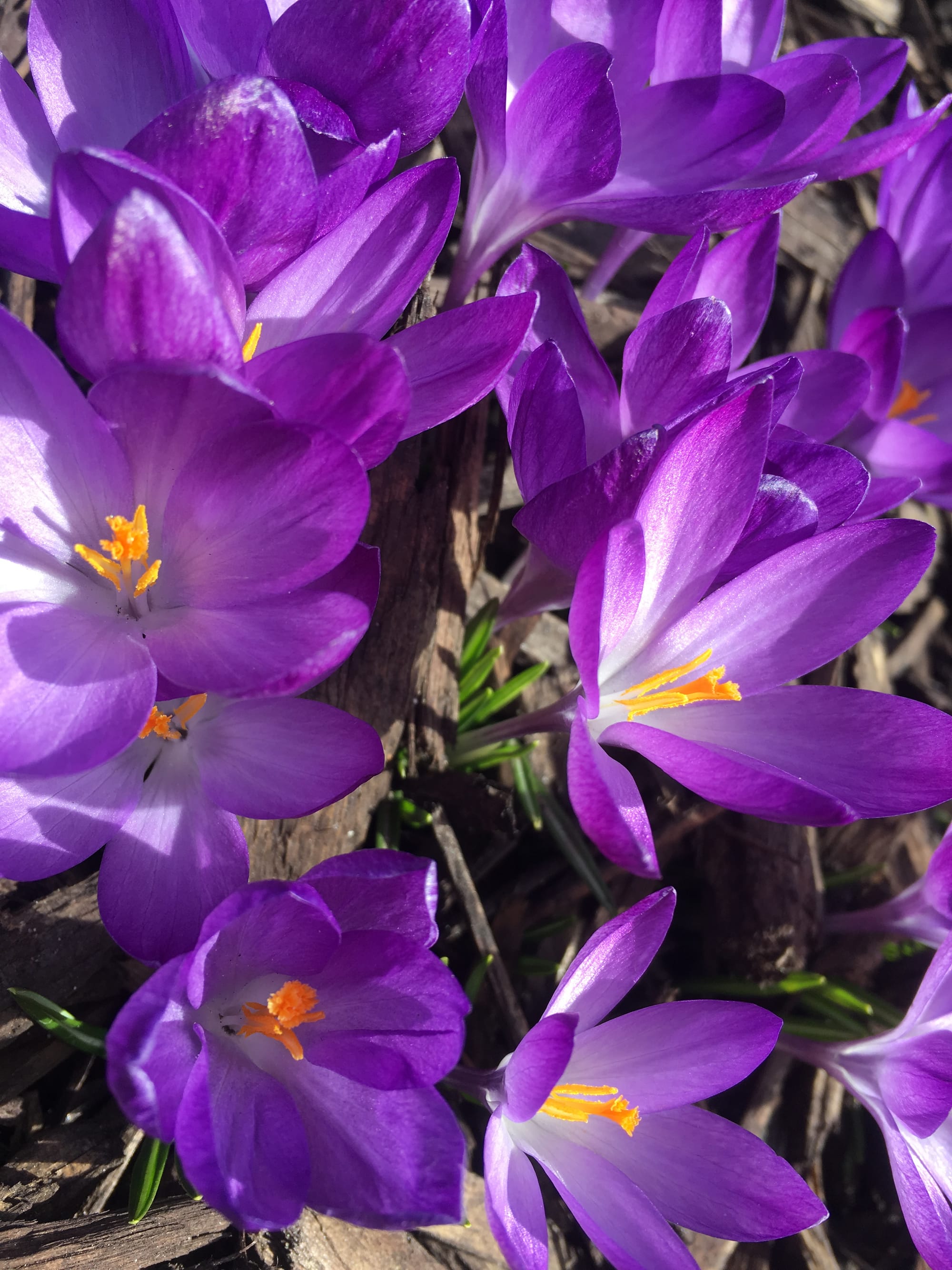
Step 1: Evaluate your space.
Before you can jump into the dirt, it is essential to evaluate your space. Things to consider: what is the aspect of your space? Meaning, what way does the sun hit it? North and east facing spaces will get less light, limiting the plants you can grow. What type of soil do you have? Soil type can vary significantly even across the same yard. You may consider getting a soil analysis from USU or BYU. These can help you identify what soil amendments and fertilizer you must add.
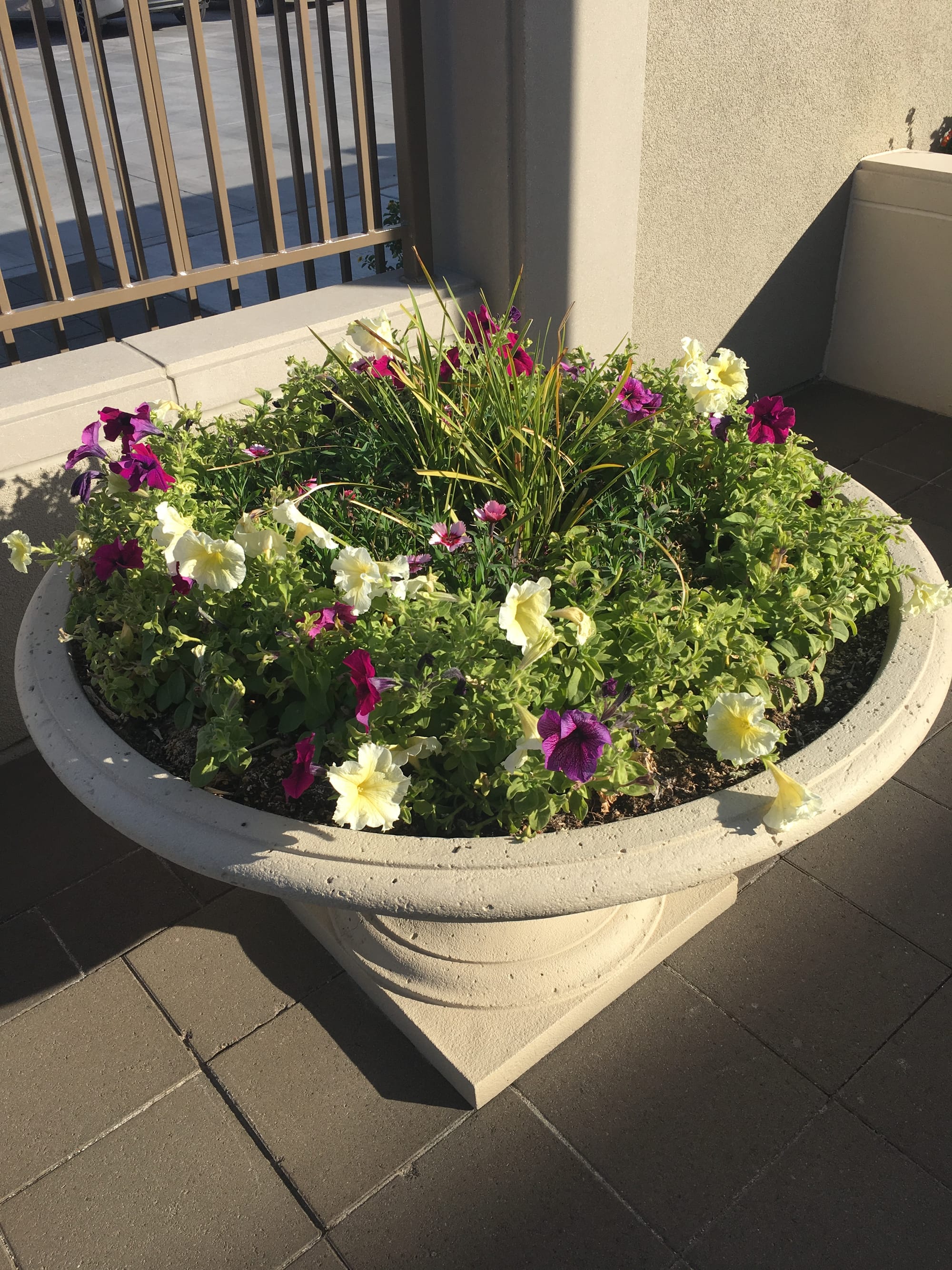
Step 2: Identify your goals.
Identifying your goals will help ensure you are happy with your garden and help you choose what plants to grow and how you arrange those plants. Maybe you would like a flower bed that will add interest to the front of your house. Perhaps you want to reduce the water on your lawn and make a waterwise landscape. Or do you want to turn 18,750 square feet of turf into a productive farm that will feed everyone on campus… Well, maybe that last one is just us.

Step 3: Set your budget.
Buying plants and even seeds can come with a hefty price tag. When planning a garden, you want to get the most bang for your buck, and deciding how much to spend is vital as it can all add up quickly. Only you can choose how much you want to pay. Some ideas on making it a little cheaper, start your seeds rather than purchasing seedlings. Attend seed swaps to get fun seed varieties and possibly reduce your spending.
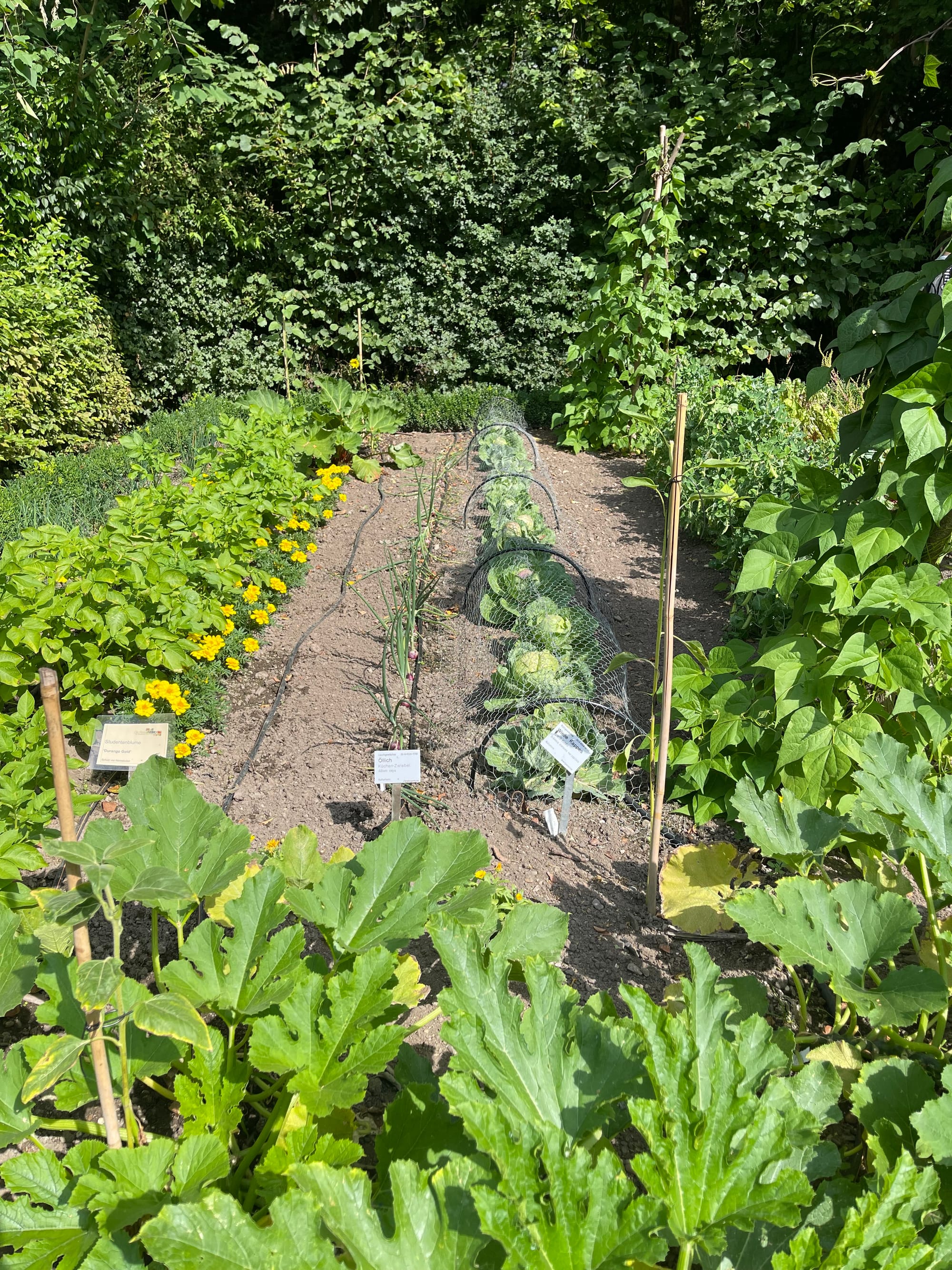
Step 4: Right plant, right place
Arriving at a garden center can be overwhelming, and it is way too easy to buy everything on-site that you like. It is crucial, however, to know your space and determine what plants will help you accomplish your goals and fit your space. For example, many people would love a blue hydrangea in their front yard. However, hydrangeas prefer more acidic soils and will not turn blue in our soil without A TON of work and soil amendments.
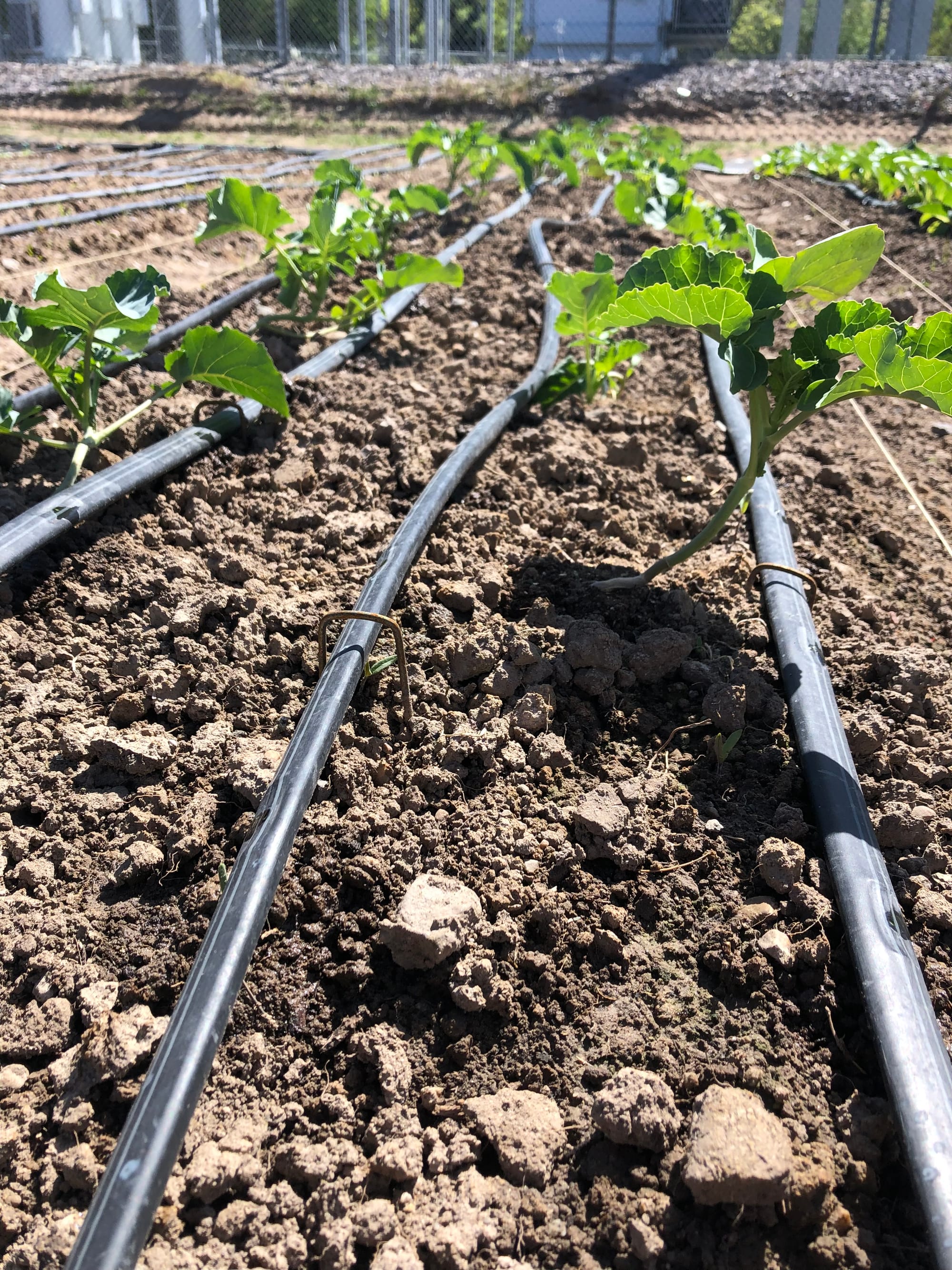
Step 5: Get gardening!
Now, you are ready to get going. If you want to discuss your garden, feel free to join the community education gardening class or come to the GRIT Garden sometime. More information about the class can be found here: https://www.campusce.net/uvu/course/course.aspx?catId=16